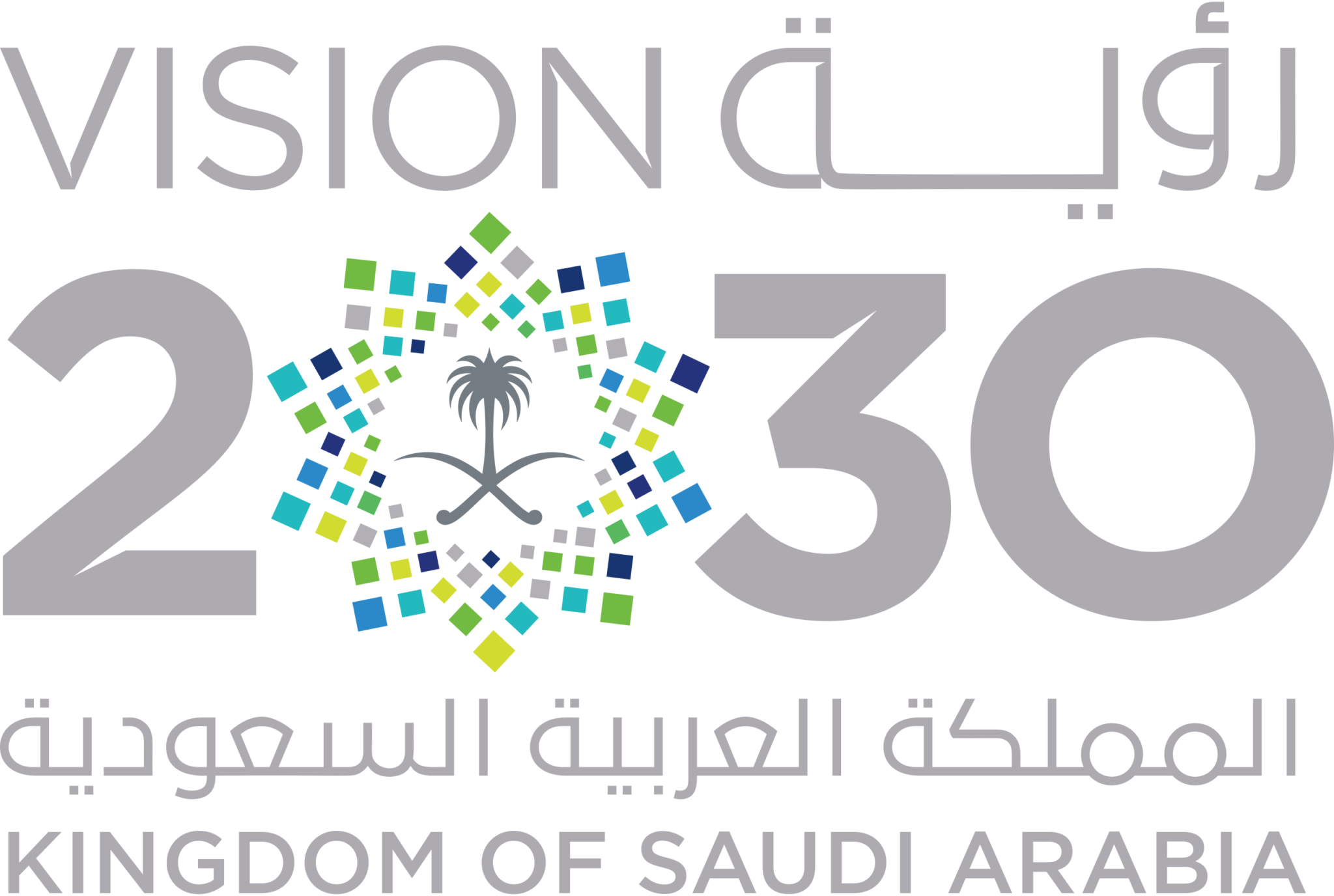
5 Most Important stages of film production
5 Most Important stages of film production

5 Most Important stages of film production
The events and scenes depicted in cinematic films have evolved in a large and noticeable way, prompting many people to invest in the field of filmmaking due to the large financial profits achieved in record periods.
A successful financial investment project, which increased the search circle across Google engines among people interested in learning more about this subject.
As a result, in this article, we will discuss the stages of film production, the motivations for producing the film, and how the film can be a successful and profitable project.
What is a film production?
It is the filming of some scenes and clips with high-resolution effects and montage in the presence of a full acting team, and a whole team that works to prepare all matters related to making such films, and the types of films vary depending on the scenes or story that is focused on in showing them from the beginning of the film until its end, to make Film production plays a fundamental and important role in the success or failure of the film.
Stages of film production
The director strives with all his high skill in integrating the equation of this movie so that one side does not dominate the other side, this matter determines the strength of the scene in attracting the viewer to follow the movie until the last shot of it or not without feeling any boredom or fatigue, therefore attention must be paid to focusing on all stages of film production in an orderly and commensurate manner with the nature of the course.
Furthermore, the stages of film production are determined by the elements of the film, the components of the film, and the stages of film production are as follows:

First: Development (Choosing The Idea)
The first stage in film production is the idea, and the rest of the stages are dependent on it. It is possible to identify the events that revolve around the film and the basic idea behind producing this film through the idea.
The idea stage is the stage in which the film is a narrative story with characters with characteristics and emotions interacting with each other in the events of the novel until the author’s message finally reaches the reader’s mind. The abstract idea is a single line that is considered the work’s main pillar; the stronger and more coherent it is, the more successful the work will be.
To come up with an idea that includes all of the ingredients for success in communicating the message and goal of the film, authors and filmmakers must think carefully and conduct brainstorming sessions.
Second: Pre-Production
The producer and director begin to select the people who will work on the film during pre-production. A master production plan and schedule are also developed, as are budgets. The art department can also start working on the movie’s look, which includes creating kits, creating wardrobe, and acquiring props. Writing the appropriate script for the film is part of the preparation stage.
This stage varies depending on the genre, as some films require prioritizing images and scenes, while others, such as the novel, prioritize events. The script is developed and written through several stages until it reaches the stage of a film written on paper.
After the idea has been chosen and prepared, work begins on writing the script, which includes writing the dialogue and defining the film’s characters.
In addition to determining the film’s plot, expanding its narrative, identifying its events and the majority of the characters, and identifying its main axis and sub-axes, if any.
Third: Stage of technical and financial preparation
The second stage of film production is a more delicate stage because it must control all budgets, financial matters, and work crews in order to transform the events of the novel from mere narration into real and living characters, and it is a stage that requires more than one step, as follows:
Artistic preparation
the scriptwriter’s role is to convert the fictional story into a scenario that is divided into scenes on paper with a description of the filming locations (internal / external) and time (night / day) and the dialogue (in colloquial or classical) that takes place between the characters (the writer of the script).
The director then takes on the role of preparing the leader to carry out the work:
- Choosing appropriate locations for filming the ground scenes.
- Choosing the best actors for the roles.
- Dressing the actors according to the scene, the events, the shape of the location, and the colors it contains.
- Determine the shooting angles, camera movement, and lighting level for each scene.
Financial planning
It is the responsibility of production to allocate a budget that includes the wages of the work team (actors, directors, photographers, and so on), the cost of decoration, cameras used, and lighting to the end, and the budget determined by the production company depends on the quality of the film in terms of photography, decoration, and available capabilities.

Ready to start your project?
Fourth: Production
After completing the idea selection, script writing, work team selection, and technical and financial matters, it is now time to begin production. Production is the stage of a film’s actual shooting where the entire production crew gathers.
There will also be a photography team that will deal with photography at the time and location of filming. In addition to principal photography, the film’s production phase may include other components that keep the production moving, such as the planning and scheduling team, which works before and during the actual shooting days to coordinate all of the cast and crew.
During production design in film, all necessary shots are taken in accordance with the director and producer’s plan. During this time, picture and sound editors are also hired to select the best shots and sequence them so that the raw cut is ready by the end of the shoot.
Fifth: Post-production
After filming is completed, the footage and scenes are collected, and sound effects are added. A scene montage is also created, in which duplicate scenes are removed and only good scenes and shots are chosen. The scenes are arranged at this point to achieve the desired sequence of events.
Following the completion of the montage, the clips are delivered to the sound department for the addition of technical effects such as music and dialogue to coincide with the events of the film.
The final stage of film production is distribution, which involves advertising the film once it is finished. The Marketing and Promotion department is in charge in production film publicities.
What are the motivations for making the film?
Watching some cinematic films achieves a kind of high pleasure and expresses the amount of harmony that occurs between the viewer’s feelings and the nature of the events that are presented in front of him, and the viewer remains at a high peak of focus with the scene because of the great eagerness to know the events that will result in an escalation in the quality of the events that are presented.
Some filmmakers focus on a large number of scenes rather than the technical aspects of displaying some of the flaws in the production of these films, especially if more than one scene is shown from within the film’s location, where the focus is primarily on characters, lighting, and events all at once. to the viewer’s mind, and make the emotional connection, whether it’s joy or sadness.

Conclusion
We have reached the conclusion of this article, in which we discussed the stages of film production as well as the motivations for film production. Particularly since cinematic films can also be used in advertising production which is type of ad in film production.
Filmology is one of the film production websites that provide media film production and digital film production.




